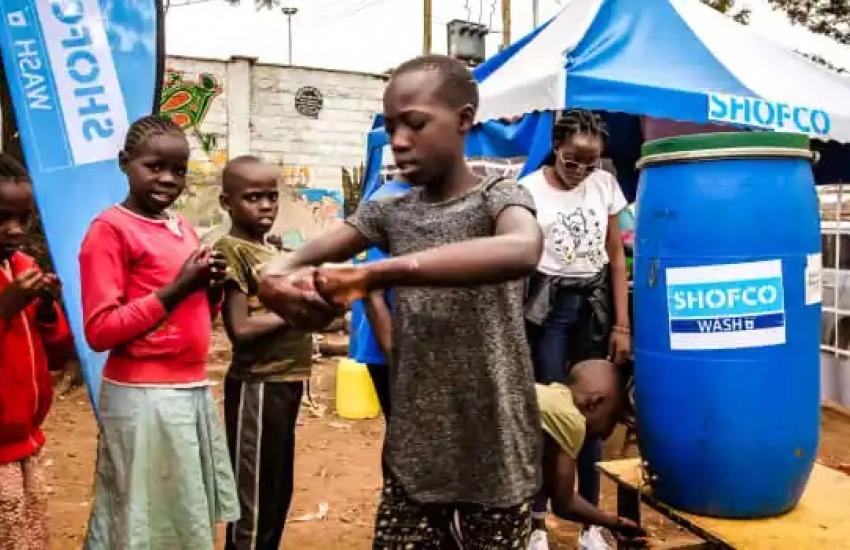Considering volatile livelihoods is critical in the war against the Covid-19 disaster
We are living in unprecedented times due to the Covid-19 pandemic, an unparalleled disaster in many respects. At the time of writing this article (April 27, 2020), almost three million people have been infected and more than 200,000 people have died from Covid-19 related infections across the world.
In Kenya, there are 398 confirmed cases of infection and 14 deaths. Global Prediction models suggest grim but largely uncertain future scenarios. So far, the disaster has resulted in the unprecedented overstretch of global health systems and the conscious closure of social and economic systems by nation states to prevent the further spread of the catastrophe. The outcome has been devastating: Millions of people have lost their jobs or taken pay-cuts; small-to-medium-to-large scale businesses across the world face imminent collapse; education, training and research plans (like our own under the Rights and Resilience program) have been significantly disrupted, and hundreds of thousands of families are grieving the loss of loved ones, whom for precautionary reasons cannot give them usual decent sendoff. With each country investing most focus and resources in managing the crisis within their borders, international humanitarian responses as we know them are severely disrupted. Still, the World Health Organization (WHO) has been at the forefront in helping nations to deal with the crises, particularly in providing much-needed knowledge in the form of health guidelines to manage the outbreak. This, despite notable criticism from the President of the USA for alleged failure to curtail the spread of the pandemic.
A major response by governments across the world has been partial to total “lockdowns” aimed at preventing further human-to-human transmission of infections. Simply put, a “lockdown” demands that people minimize or completely stop outdoor activities. By and large, this response appears to be an effective way of minimizing risk of infection, if reports of trends in many counties that were initially severely hit such as China and South Korea are anything to go by. It is also in line with WHO’s call for social and physical distancing as one of the most effective ways of minimizing the spread of the virus. But while millions of people have heeded this call, an equally vast number of people, particularly in the so-called developing countries, have defied it. For instance, on March 24, 2020 one of Kenya’s most widely read newspapers, the Daily Nation, reported in bold: “It’s business as usual as Kenyans snub stay home orders.” The result has been cat-and-mouse type chases between law enforcers and the people, leading to loss of lives, injuries and a plethora of prosecutions. On its part, the government has emphasized that either people observe the strict restrictions or face the full force of the law!
But why would citizens risk their lives and the lives of others by being out of their abode in the face of a deadly virus? Critical disaster studies may help us understand this conundrum.


